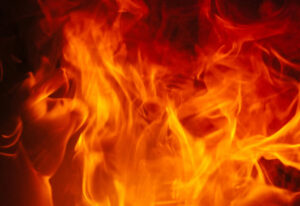When installing materials that are fire resistant to your building, two of the most popular materials for fending off fires include smoke sound seal and firestop. What’s obvious is that they are both used for fire control, but what may not be as obvious are the manners in which each material works and under what conditions are they most effective. That’s why we’re going to help break down what makes each of them different. Here are the distinctions and similarities between firestop and smoke sound seal.
Reviewing Smoke Sound Seal
Smoke sound seal, which is an intumescent material, will swell up whenever it gets exposed to heat. This swelling causes it to serve as a barrier that separates the fire from whatever material the sealant is protecting. You can either use smoke sound seal as a cover, which allows you to shelter a surface, or you can use it as a buffer, allowing you to fill gaps in your building if a fire breaks out, which in turn helps to slow the fire’s spread.
Smoke sound seal is great for you if you need to protect certain surfaces from fires, but would otherwise be fine allowing air to pass through. It’s also helpful for suppressing sound. You can either apply it by painting the sealant or spraying it, and it sticks to all sorts of construction materials, making it suitable for construction areas that are in need of smoke barriers.
Firestop: Elastomeric
Comparing this to smoke sound seal, firestop serves as another blockage that keeps air and smoke from traveling through gaps. The difference is that elastomeric firestop will already be expanded enough to seal gaps rather than needing to expand with heat. This makes it better for ventilation systems or for blocking water infiltration.
Similarly to smoke sound seal, you can apply firestop to many different types of construction materials, meaning you can utilize it during all sorts of construction projects for which you will be in need of a smoke barrier.
Summarizing Firestop and Smoke Sound Seal
Smoke sound seal and firestop have their similarities and differences, but knowing the distinctions between the two will help you reach a decision on which one would be more appropriate for your situation. You can always get a professional opinion if you’re still unsure of which material you should use.
Concrete Visions Will Get The Job Done Right
Concrete Visions has been working with clients for over 25 years. Our G&M Services installers are certified with the industry’s major firestop product manufacturers. As part of our firestop service, we can assess abnormal field conditions and, with the manufacturer’s technical support assistance, provide engineering judgments in a timely fashion to comply with contract specifications. Our Field Mechanics undergo ongoing training, including mandatory monthly safety meetings, weekly Toolbox Talks where safety and equipment information is shred, and trainings on safe work standards and safety best practices.

